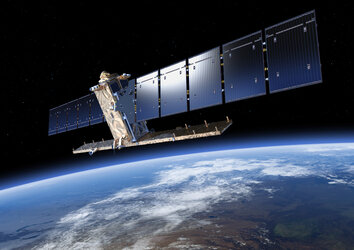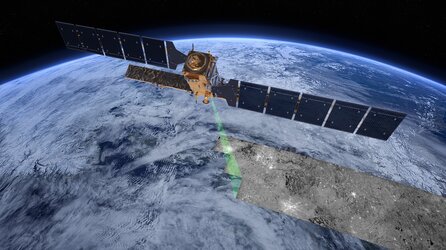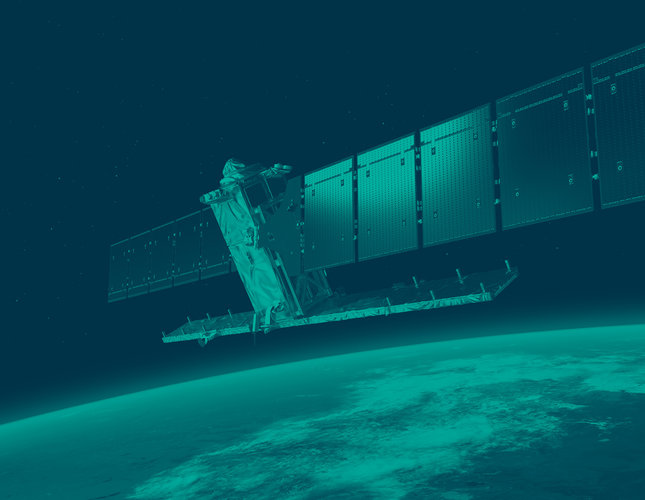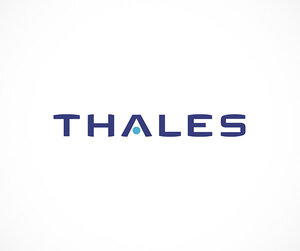Europe’s next radar satellite tip-top for flight
Following its arrival at Thales Alenia Space’s cleanroom facilities in the south of France last October, Europe’s next radar satellite, Copernicus Sentinel-1C, has been put through its paces in a series of tests and demonstrated that it is in tip-top condition for flight. Engineers have also carried out the all-important and precise check to ensure that the satellite fits on the adapter that connects it to the rocket that will take it into orbit.
As the ‘C’ in its name suggests, Sentinel-1C is the third satellite of its kind and will continue the essential task of delivering radar images from space for numerous environmental services.

These services are linked, for example, to monitoring and mapping Arctic sea ice, maritime surveillance including oil-spill monitoring and ship detection, monitoring land-surface for motion risks, mapping for forest, water and soil management and mapping to support humanitarian aid and crisis situations.
Carrying advanced radar technology to provide an all-weather, day-and-night supply of images of Earth’s surface and developed by ESA, the Sentinel-1 satellites have raised the bar for spaceborne radar.
In April 2014, Copernicus Sentinel-1A was the first satellite to be launched for the European Union’s Copernicus programme, the Earth observation component of the European Union’s space programme.
Sentinel-1B followed in 2016 but its mission ended in December 2021 after experiencing a fault that left it unable to deliver data. Sentinel-1B will soon be deorbited.

Engineers at Thales Alenia Space, the Prime Contractor for Sentinel-1, have been working tirelessly to move forward getting Sentinel-1C ready for launch.
Most recently, they have carried out tests to ensure the satellite will survive the noise and vibrations that it will have to endure during liftoff and separation from the rocket. The sequences and mechanisms that deploy the satellite’s two 10-metre-long solar wings and 12-metre-long radar antenna have also been thoroughly tested.
Along with testing it in stowed and deployed configurations, electromagnetic and radio frequency compatibility tests, and more, the satellite passed its qualification and flight acceptance review at the end of last year.
The satellite has also undergone checks to ensure that it fits correctly to its Vega-C launch adapter.

Ramón Torres, ESA’s Sentinel-1 Project Manager, said, “Our industrial team has pulled out all the stops to get Sentinel-1C to this point following the loss of Sentinel-1B. I would like to thank everybody that has been working so hard on the mission.
“We hope to hear about a new launch slot after the investigation into the failure of the Vega-C launch last December.”
“Following the launch adapter fit check, the Sentinel-1C satellite will soon be shipped from Cannes and back to Rome for short-term storage until we can then ship it to the launch site in French Guiana.”











